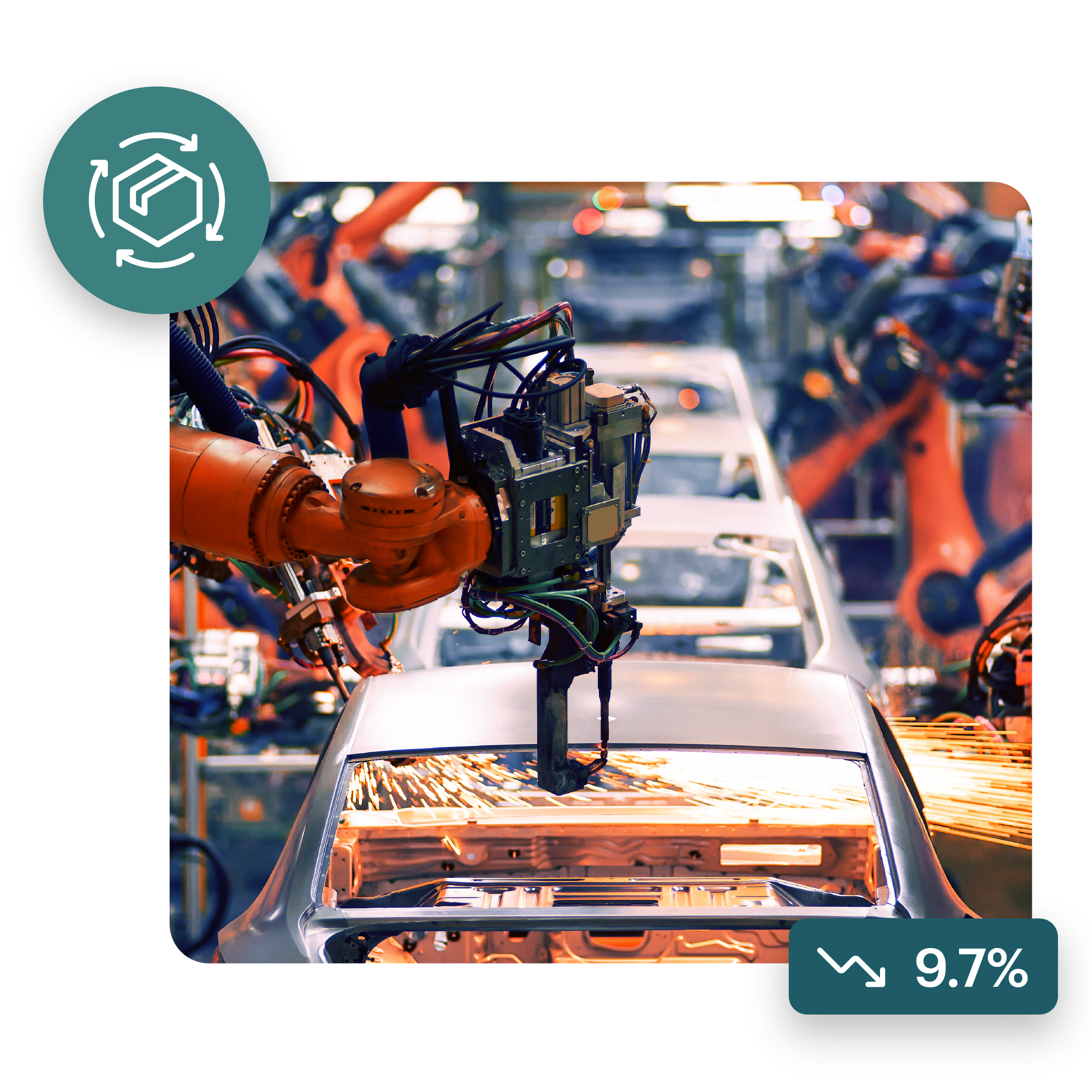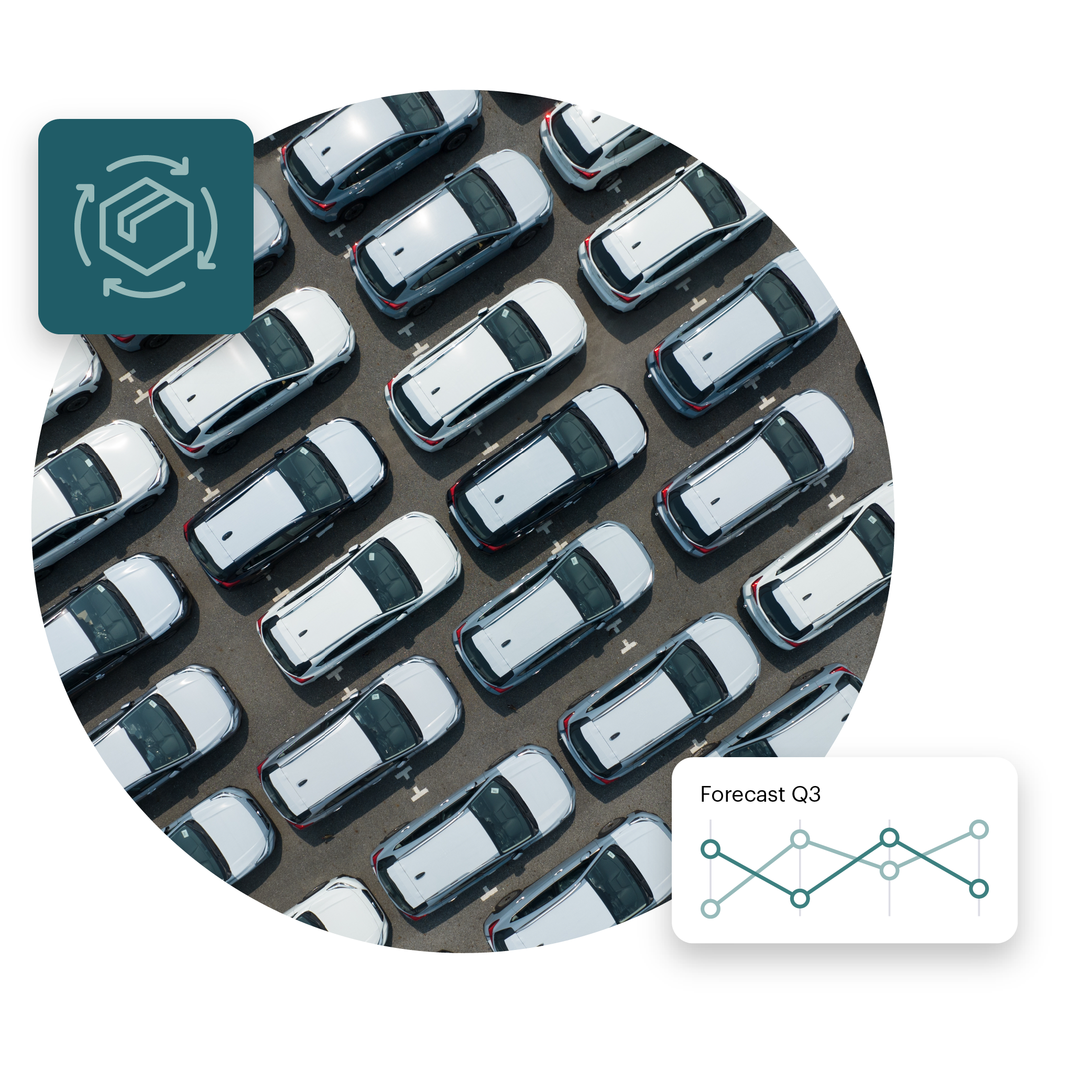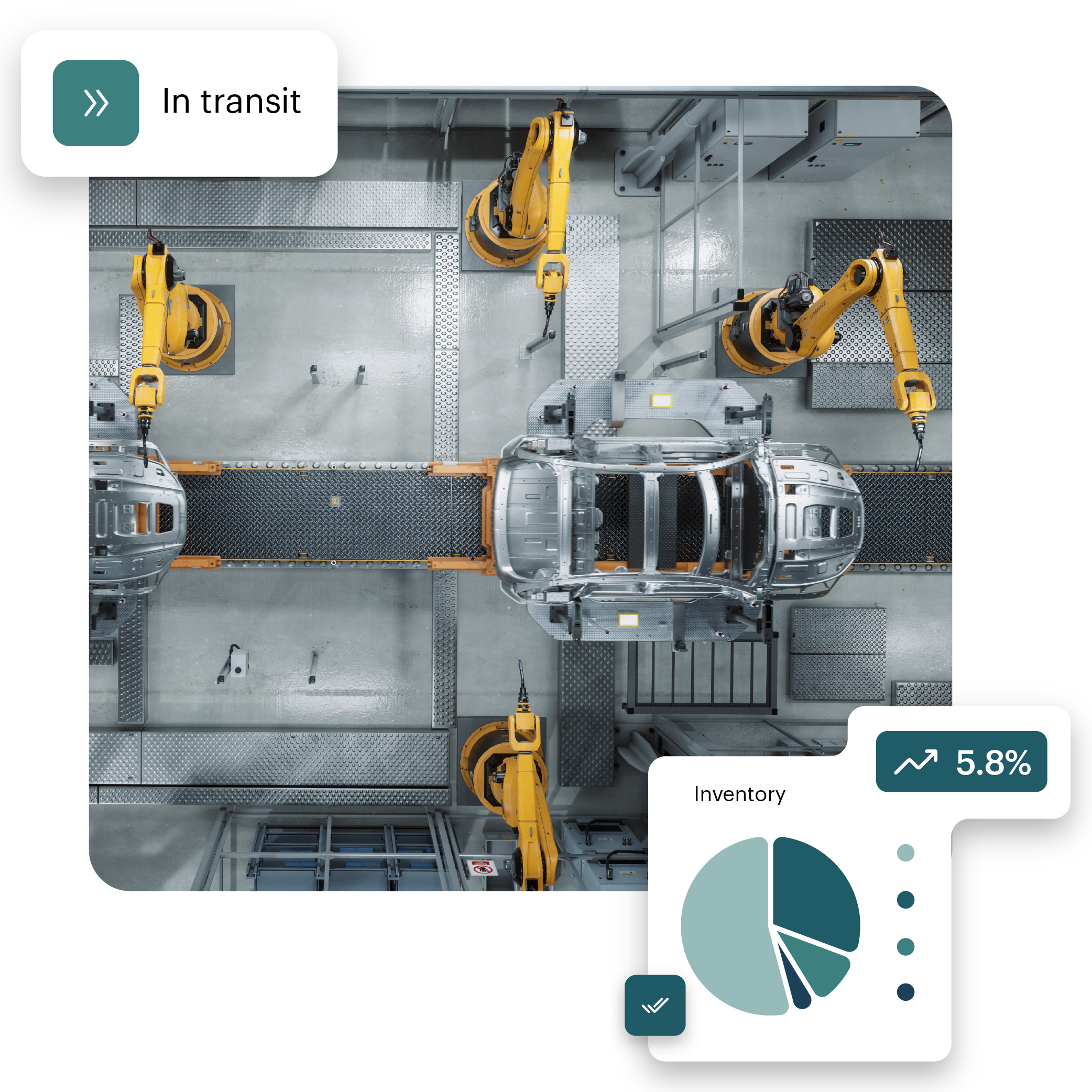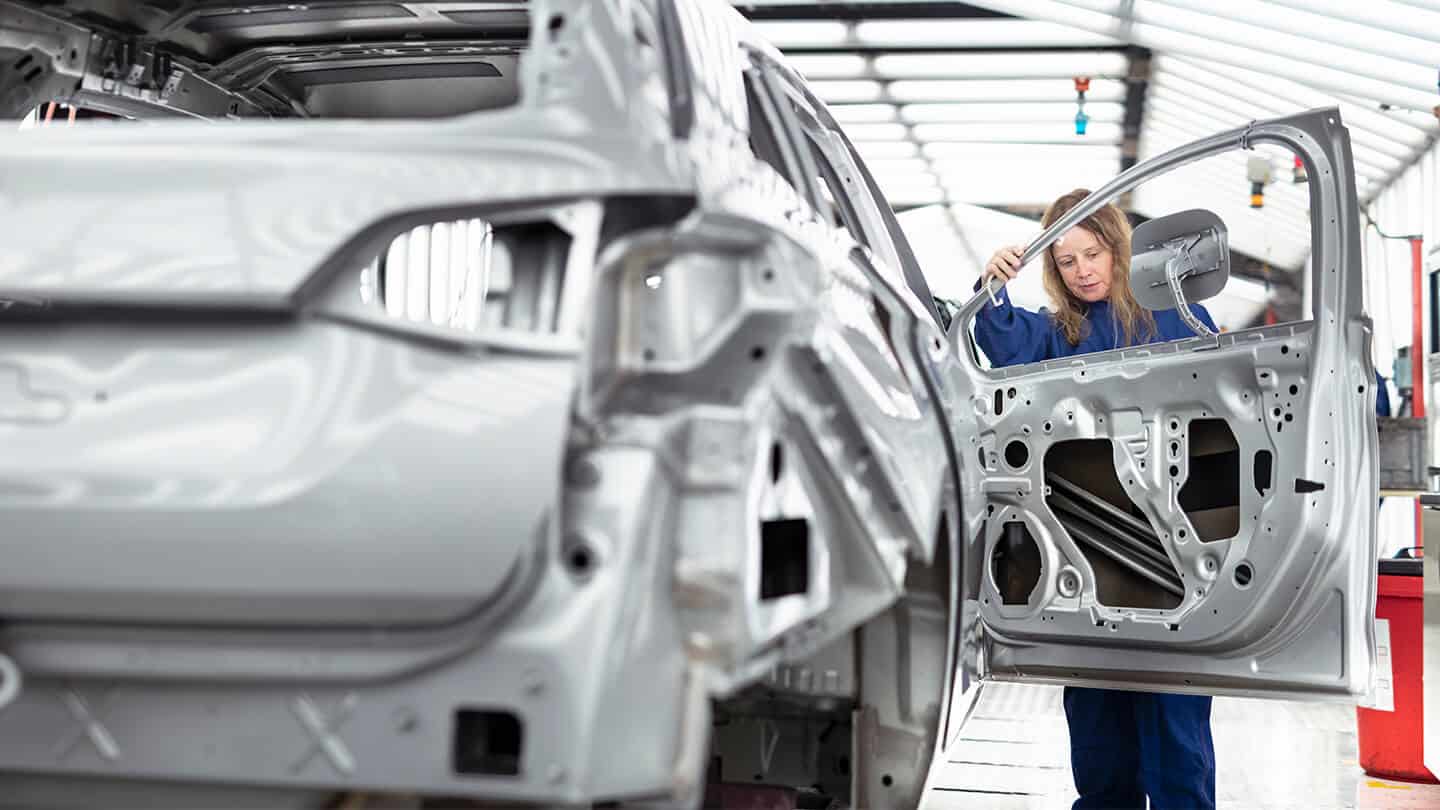For over a century, this iconic American automaker has been synonymous with manufacturing innovation. But with increasing volatility and uncertainty, they faced a critical challenge: 95% of their finished vehicles were sitting idle for months due to missing components. The solution? A new approach to supplier commitment.
The Situation
The automotive company had been battling constrained supply chains, inaccurate forecasting, and limited visibility into future component availability. These issues drove up costs through buffer stock requirements and emergency measures to handle volatile demand. At the same time, shifting consumer preferences and labor shortages only added to the complexity.

The challenge
They found that their existing approach to supply had critical weaknesses that needed addressing. The automaker was working with unrealistic supply planning that lacked supplier input. Over-reliance on single-sourcing without alternatives left them vulnerable when suppliers couldn’t deliver, and without an effective system for component availability forecasting, they were often caught by surprise when parts weren’t available. The absence of formal supplier commitments meant they couldn’t properly plan production schedules.
The results were devastating: production stoppages, unfulfilled customer promises, higher operating costs, and lost market share. They needed a better way to collaborate with suppliers at all tiers of their supply chain.

The Solution
The company partnered with e2open to implement a new collaborative approach using two key applications. Through Supply Forecast Collaboration, they began sharing time-phased views of future needs with suppliers and collecting their commitments to fulfill those needs. This created transparency and accountability throughout the supply network. With Supply Inventory Collaboration, they gained visibility into supplier inventory status to build more feasible supply plans based on actual availability rather than assumptions.
With analytics dashboards providing performance insights, they could now identify and resolve supply issues before they caused disruptions, turning reactive problem-solving into proactive planning.

The Outcome
The results speak for themselves. The automaker now enjoys round-the-clock collaboration ensuring supply availability whenever needed. Their automated forecast-commit processes with suppliers have eliminated much of the manual work and guesswork from planning. Supply forecasts and plans are now based on actual supplier capabilities rather than hopeful projections, and their entire supply chain demonstrates greater resilience and flexibility when challenges arise.
Applications used:
Supply Forecast Collaboration
Supply Inventory Collaboration

Subscribe to receive e2open updates
Interested in learning more? Stay current with the latest e2open news – from company updates to thought-leadership pieces, and so much more!
Complete this form to subscribe to e2open updates.
Let's get started.

